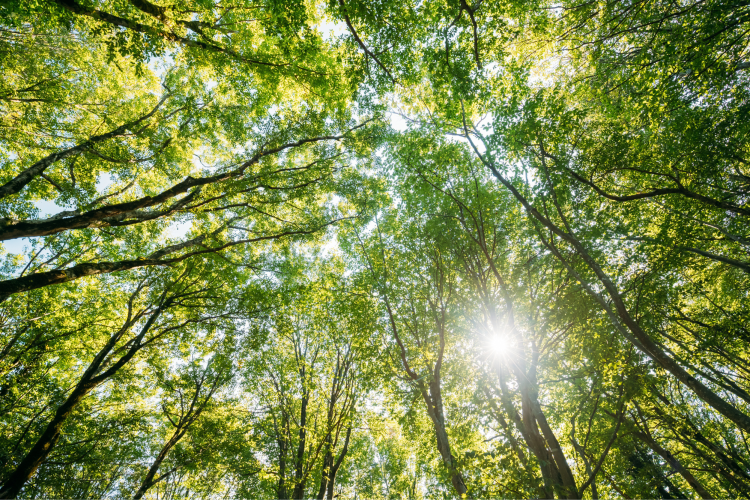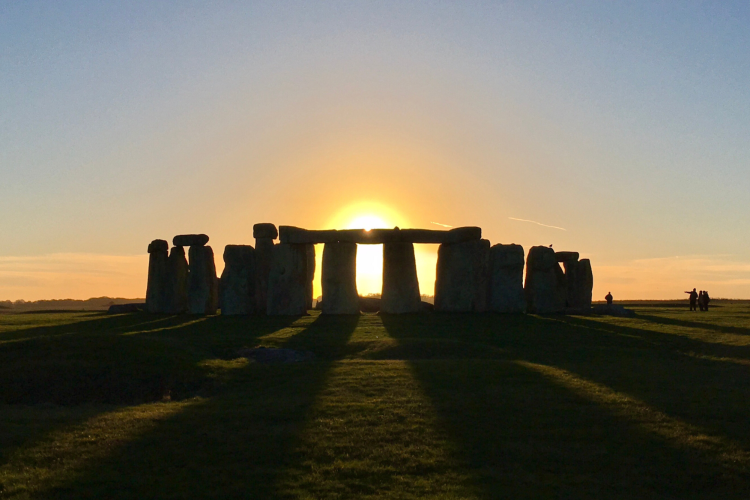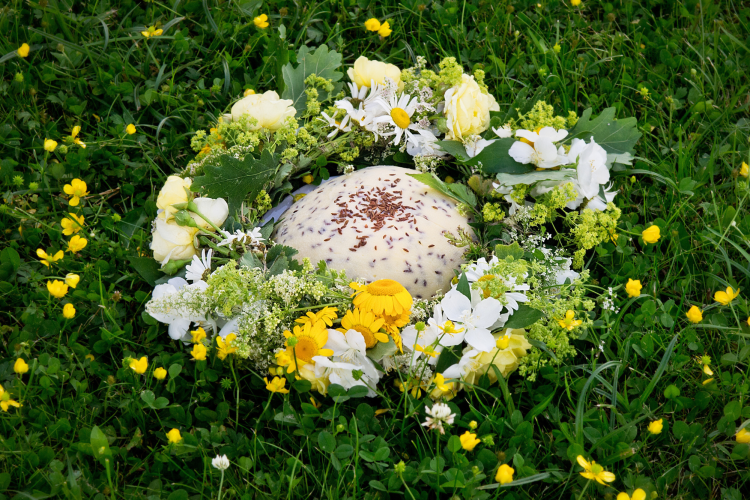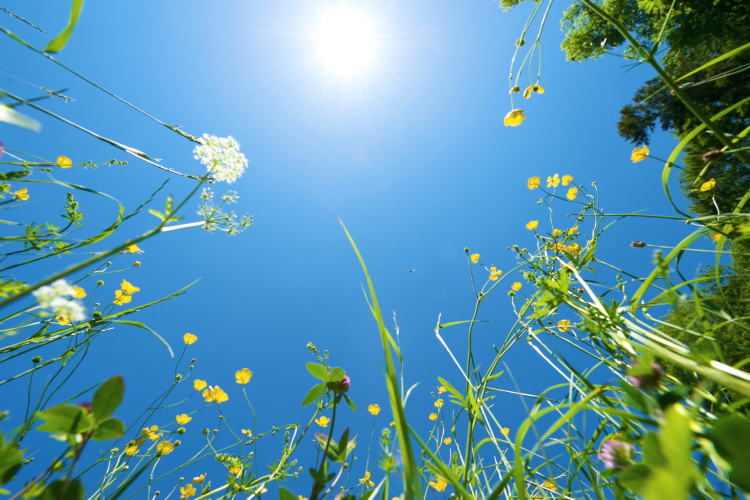When Is the Summer Solstice? Everything You Need to Know in 2025

When is the summer solstice? Why is it so special? In this guide, we’ll explore what it is, why it occurs and why it has been so significant to different cultures throughout history. After all, people from all around the world have celebrated this moment for thousands of years, so it’s worth exploring why it holds such importance.
Jump to Section
- What Is the Summer Solstice?
- When Is the Summer Solstice?
- The Difference Between a Solstice and an Equinox
- When Is the Summer Solstice FAQs
What Is the Summer Solstice?

In the past, people spent a lot of time outdoors and used the sky as a natural clock to track time and seasons. They noticed how the sun’s path changed over the course of the year.
Many ancient cultures paid close attention to these shifts. The summer solstice got its name because it seemed like the sun paused in the sky for a moment before changing direction.
However, today we know that the solstices, including the summer solstice, happen because of Earth’s tilt and orbit around the sun. The Earth's tilt is about 23.5 degrees and is the reason we experience seasons.
During the Northern Hemisphere summer solstice, the Earth is tilted in a way that directs sunlight more directly over this region, making it warmer, while the Southern Hemisphere summer solstice occurs at the opposite time, with less direct sunlight, keeping the southern part of the planet cooler. Without Earth's tilt, we wouldn’t have distinct seasons at all.
Essentially, the summer solstice marks the moment when the sun is at its highest in the sky above the equator and right before it starts moving back in the other direction.
This event gives us the longest day of the year with the most daylight and it happens twice a year — once for the Northern Hemisphere and once for the Southern Hemisphere.
When Is the Summer Solstice?

The Northern Hemisphere summer solstice usually takes place around June 21, but it can happen anywhere between June 20 and June 22. It all depends on when the sun is farthest north of the celestial equator.
If you ever find yourself wondering when the summer solstice is, just remember it's the moment when we get the most daylight of the year.
Long ago, many cultures celebrated this special time by calling it "Midsummer," thinking of it as the peak of the summer season. However, in terms of astronomy, the summer solstice actually marks the beginning of summer in the Northern Hemisphere.
On the summer solstice, the Northern Hemisphere gets more sunlight and warmth than at any other point in the year. The days feel extra long because the sun rises and sets at a slower angle, giving you even more time to enjoy those golden summer sunsets.
The summer solstice and winter solstice both mark important turning points in Earth's yearly journey around the sun. So, just as you might ask when the summer solstice is, it's also good to remember when the winter solstice is too — around December 21, when the Northern Hemisphere experiences its shortest day and longest night.
Meanwhile, the Southern Hemisphere summer solstice brings bright, sunny days to the southern half of the world around the same time.
The Difference Between a Solstice and an Equinox

Solstice and equinox events both have to do with the way the Earth moves around the sun, but they are actually quite different. A solstice happens when the sun reaches its furthest point north or south of the equator, while an equinox happens when the sun is exactly above the equator, giving us almost equal hours of day and night.
Equinoxes take place around March 21 and September 23 and mark the start of spring and fall. The spring equinox is called the vernal equinox and the fall one is called the autumnal equinox. Like solstices, which season you experience depends on whether you're in the northern or southern part of the world.
In short, solstices bring either the longest or shortest days of the year, while equinoxes bring days and nights that are nearly the same length. Whether it’s the summer solstice filling the sky with extra daylight or the winter solstice bringing longer nights, these events remind us how Earth's tilt and orbit create the rhythm of our seasons.
When Is the Summer Solstice FAQs
When Is the Shortest Day of the Year?
The shortest day of the year happens during the winter solstice. In the Northern Hemisphere, the winter solstice usually falls on December 21. This is when the Earth tilts away from the sun, causing us to have the least amount of daylight all year long.
Is the Summer Solstice Always on June 21?
The summer solstice happens when the sun reaches its highest point north of the celestial equator, and because of how Earth moves, the date can shift slightly.
Right now, the summer solstice can happen on June 20, 21 or 22. Both the summer solstice and winter solstice are important times in Earth's yearly cycle and are closely connected to the solstice and equinox events that shape our seasons.
What Happens on a Summer Solstice?
The summer solstice is the moment when Earth's tilt points most directly toward the sun. On this day, the sun reaches its highest point in the sky at noon and for a few days before and after, its position barely changes. It’s a clear sign that summer has officially begun
Many people notice a change in how they feel around this time — you might find yourself taking extra naps or staying up late to enjoy the beautiful night skies. Summer is also the perfect season for stargazing because the Milky Way becomes more visible.
And if you happen to be above the Arctic Circle, you’ll experience something incredible: the sun stays up all day and night, which according to the National Oceanic and
Atmospheric Administration is why these regions are called the "Land of the Midnight Sun."
What Is Considered the Longest Day of the Year?
The longest day of the year is the summer solstice. It brings the most daylight hours and the shortest night for those living in the Northern Hemisphere. People have been celebrating this special day for thousands of years, and it’s a perfect time to say happy summer solstice to friends and family.
What Are the Four Solstices and Equinoxes?
Each year, there are four important seasonal markers: the solstice and equinox events. We experience two solstices — the summer solstice and the winter solstice — and two equinoxes, one in spring and one in fall. Solstices happen in June and December, while equinoxes arrive in March and September. These changes help shape the seasons we enjoy all year long.
The beauty of the changing seasons — from the bright warmth of the summer solstice to the quiet stillness of the winter solstice — reminds us of the natural rhythms that shape our lives. Each shift in sunlight brings its own kind of magic, encouraging us to celebrate where we are in the cycle of the year.
Whether you're watching the sunrise, hosting a gathering, exploring some camping food ideas for an outdoor picnic or simply enjoying the extra sunlight, it’s a perfect time to pause and appreciate the season’s energy. And the next time someone asks when the summer solstice is, you’ll know it’s the day when we enjoy the most daylight.
To learn even more, check out other experiences happening on Classpop!

